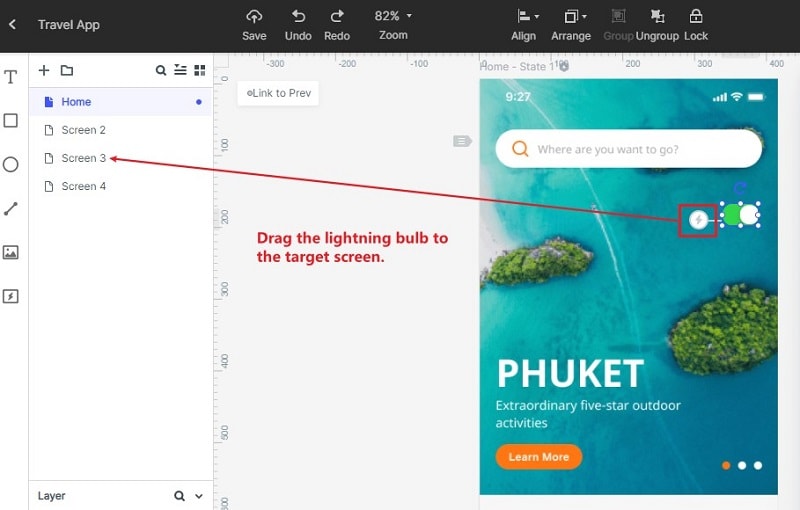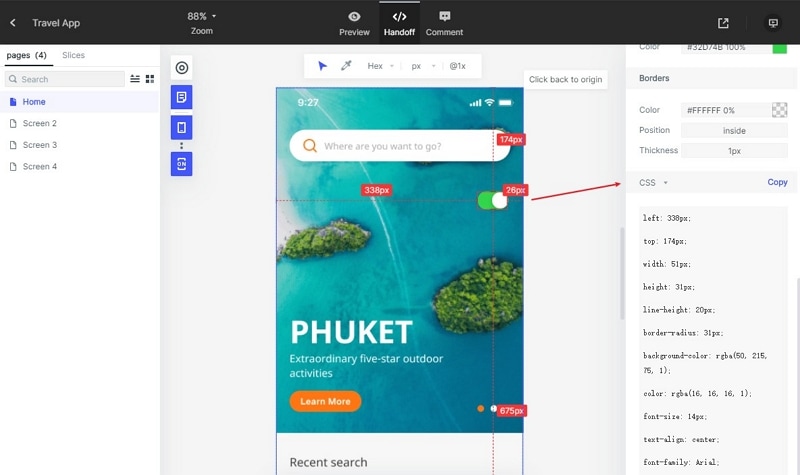Tips for Improving Game UX (User Experience) Design
Game UX refers to a player’s experience during gameplay. As you can imagine, the game UX design aspect is an important part of overall game development because it defines how the player will interact with the game and whether or not they have a positive game user experience. Various UX game design components go into designing a game for optimal user experience, and the most important of these is the platform on which the game UX is initially designed. This will give the game developers a framework for developing the back-end performance and features to support the front-end experience. One such comprehensive game UX design platform is Wondershare Mockitt, an online design and prototyping tool that will give the game’s key stakeholders vital information about how a player will experience the game even before it is actually developed.
5 Tips to Improve Game UX
The starting point of a great game UX is the UI or user interface. This sets the foundation for the user experience and is a critical component. The UX part of game design is a continuation of this aspect that shows how various UI components interact with the user and with each other during registration, sign-in, and, ultimately, the gameplay part itself. Here are a few tips to help you get started the right way:
Understand your target users
Knowing the needs of your users allows you to customize the design and arrive at an optimal game UX. If you know what they like, you can add more such elements to the design. Be as specific as possible because “males between the ages of 18 and 30” is too vague and won’t give you valuable data.
Focus on the UI aspect
The user experience is directly related to the user interface, which means your components must have a life of their own. This includes aspects like how a button moves when tapped, how objects react to swiping gestures, and so on. Use tweening (the animation of intermediary frames between one state and another), audio, transitions, animations, etc. to give life to your user interface because it sets the tone for superior UX.
User flow should be seamless
Think about how the user will interact with various buttons, settings options, and other UI elements. Does it flow naturally or do they need additional navigation steps to get to a particular setting or feature? More importantly, how smooth is the gameplay itself? This is a very important aspect because it decides whether or not the experience will be engaging and even immersive. And it lies in the level of detail - raindrops flowing down the character’s face, dust from his boots when he jumps off his motorcycle, etc.
UX design is a subtractive process of constant elimination and iteration
When you conceptualize a game, you often start with a confusing mess of ideas generated by several stakeholders. The UX designer’s job is to distill the best of it and craft it into a compelling game from the moment the app is opened until the time it is closed. Even a lot of your own design ideas might not make it to the final prototype; don’t worry, that’s the natural process at work.
Follow popular design conventions
Keeping your game UX consistent with other popular games allows you to bring some uniformity and consistency to your design. Follow popular conventions for color themes and other elements to make it easier for the user to understand different aspects of the game.
The Best Tool for Better UX Design
Wondershare Mockitt is one of the most versatile online game UX platforms. With a rich library of widgets, components, symbols, and icons, an impressive collection of animations. gestures, and transitions, a convenient collaborative environment for quick feedback, easy previewing on mobile, and developer-friendly features, it will help you quickly create a game prototype that’s highly interactive and easy to test with real-life users. What’s more, the software automatically generates HTML and style code for multiple platforms so the game UX is ready for the developer handoff. Here’s a detailed look at how its many features can help you deliver a better game user experience at the design level.

Assets: The extensive library of assets and templates gives you a great starting point for game UX design. You can also customize the library and share personal asset libraries with team members, ensuring consistency across the entire project.
Drag and Drop Function: The drag-and-drop build function lets you work fast, with an option to double-click or use hotkeys to draw objects. This makes you more efficient as you rapidly add pages and elements for complex games.
Easy Widget Linking: Just click the link icon to the left of a widget and drag it to the target page to create a link. You can then edit the link to add an animation or transition.

Convenient State Changes: Page states are easily linked using the process above and are visible on the mainboard, where you can zoom in to a particular section of pages to see specific interactions and how they’re linked.
Advanced Widget Animation: Dynamic widgets allow you to add states to individual components without making changes to the global attributes of that widget.
Multiple Preview Modes: Preview your design on any device, whether it’s a PC, Mac, or mobile device. Prototypes can be shared by generating a URL or QR code and there is also an option to preview a UX design offline.

Cloud-based Environment: The Wondershare Mockitt platform is hosted on the cloud so you can access your work securely from any device no matter where you’re located. It also allows all stakeholders to be able to see the latest UI and UX iterations without having to wait for a formal design review.
Co-editing: Multiple designers can work on the same project without any conflict. The system will automatically update changes as they’re made so all parties stay on the same page throughout the design process.
Handoff Features: The component HTML, CSS, Android, and Swift codes and specs are automatically generated and readily available for the developer to inspect. On final approval of the design, the developer simply has to download the HTML package and start working on the back-end functionality of the game.

With comprehensive features and a high degree of usability, Wondershare Mockitt is the go-to application for game UX design and prototyping.

